7 Flux prompts to up your AI image generator game
Get descriptive
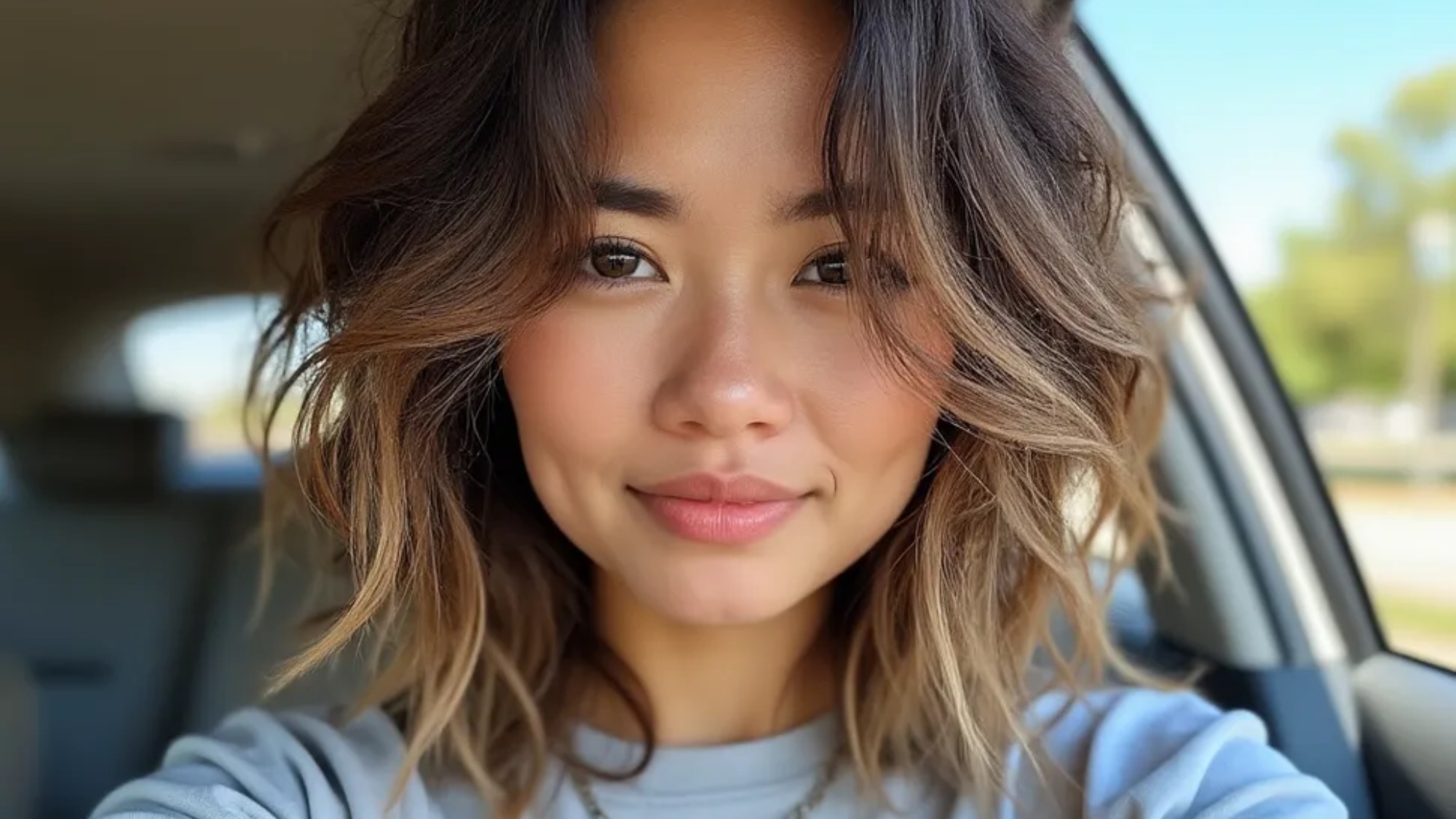
In just over a month Flux, the open-source AI image generation model from startup Black Forest Labs, has become one of the most popular and widely used tools of its kind.
Because Flux is available to download and run locally — assuming you have a reasonable gaming PC with a good GPU — or run through a wide range of public AI image platforms, it's understandable why it has risen up the ranks so quickly. Flux even available within the X-based chatbot Grok.
In addition to being impressively good at prompt adherence, Flux can create Midjourney-style photorealistic images, render text accurately and is easily fine-tuned for specific use cases. Here's how to get the most out of Flux with your AI prompts.
Creating the prompts
Today we release the FLUX.1 suite of models that push the frontiers of text-to-image synthesis. read more at https://t.co/49zTUK8Q5V pic.twitter.com/hmcKRIliznAugust 1, 2024
Prompting Flux is similar to any other AI image generator such as Midjourney or Ideogram, but like all tools it has its own quirks. To get the most out of it, it's important you are specific and descriptive with the prompt. Be precise with descriptions of subjects, styles and scenes.
You can also offer descriptions of the perspective you want on the image, describe the background and even use layered prompts to break it into background, middle and foreground to create a more rich output.
While some models work best from short descriptions, leaving the AI to work out the specifics, that isn’t the case with Flux. To get better style mention art movements for example. Balance technical details with creative freedom and leave some room for the AI’s interpretation.
Counterintuitively, it is also worth playing with juxtaposition, contrast and describing mood as this can help the AI determine style more accurately. A gloomy atmosphere on an image of a house will create a different image than a cheerful atmosphere.
You can also offer descriptions of the perspective you want on the image, describe the background and even use layered prompts to break it into background, middle and foreground to create a more rich output.
Sign up to get the BEST of Tom's Guide direct to your inbox.
Get instant access to breaking news, the hottest reviews, great deals and helpful tips.
To put these various tips to the test I’ve created a series of descriptive prompts that should get the most out of various capabilities of base Flux without fine-tuning or LoRA’s.
I tried them all on FAL's AI Playground so I'd have access to Flux Pro and ensure the best results. However, the same prompts will work on Dev and Schnell, as well as Pro running elsewhere such as Replit, FreePik and NightCafe.
1. The Hyperrealistic Portrait

Prompt: "Hyperrealistic close-up portrait of an elderly Inuit woman in her 80s. She should have deep wrinkles, weathered skin, and wise, piercing dark eyes. Her silver hair is braided and adorned with traditional bone beads. She's wearing a fur-trimmed parka. Capture the soft, golden light of the Arctic midnight sun reflecting in her eyes and on her skin."
2. The Style Fusion Challenge
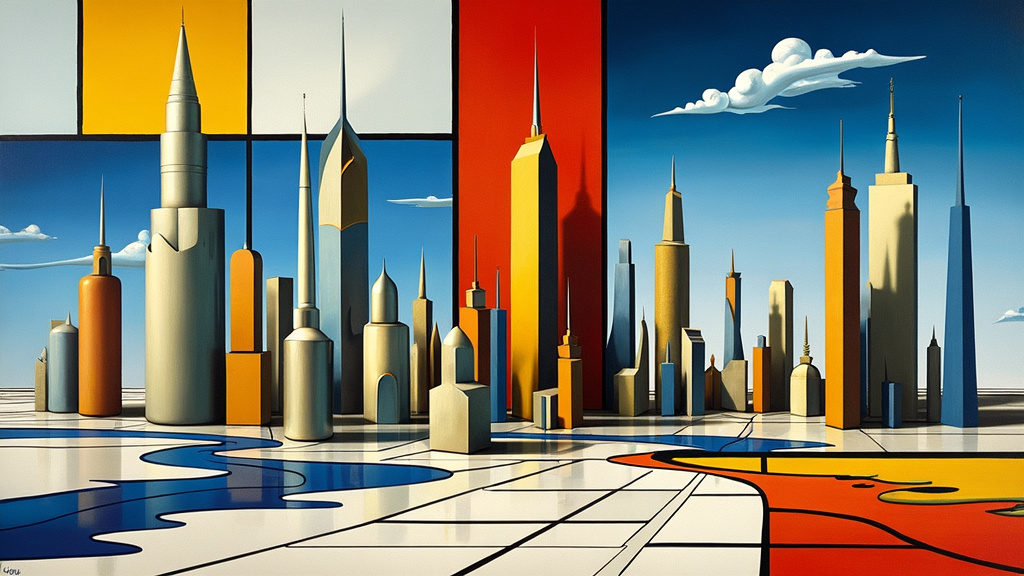
Prompt: "Blend the surrealism of Salvador Dalí with the geometric abstraction of Piet Mondrian to depict a melting cityscape. Use Dalí's soft, drooping forms for skyscrapers that are liquefying, but render them in Mondrian's characteristic primary colors and black grid lines. The sky should be divided into rectangles of different shades of blue and white, with a few of Dalí's signature clouds scattered about."
3. The Impossible Architecture
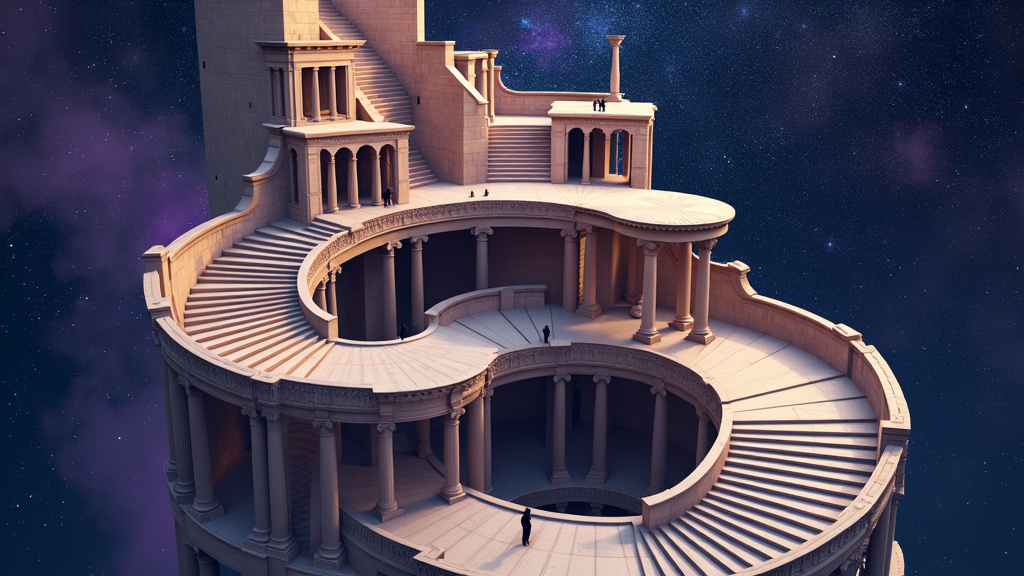
Prompt: "Design a M.C. Escher-inspired infinite staircase structure floating in a starry void. The stairs should seamlessly loop in impossible ways, defying gravity and perspective. Incorporate elements of ancient Greek architecture like columns and archways into the staircase design. Place small, silhouetted figures on various parts of the structure to give a sense of scale. Use a cool color palette dominated by deep purples and blues, with warm yellow lighting accenting key areas."
4. The Micro-Macro Juxtaposition
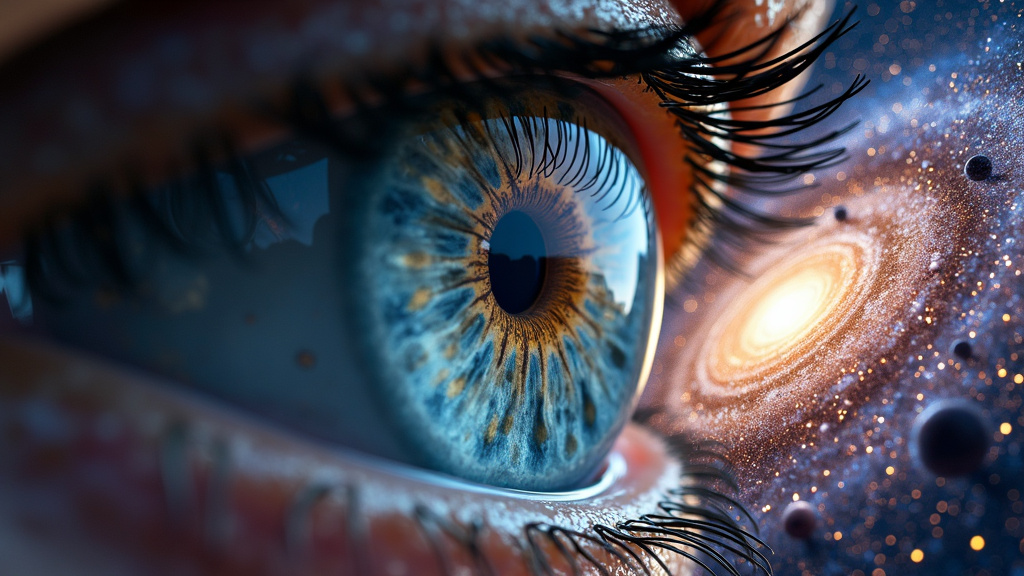
Prompt: "Create a split-screen image. On the left, show a extreme close-up of a human eye, with intricate details of the iris visible. On the right, depict a vast spiral galaxy. The colors and patterns of the iris should mirror the structure of the galaxy, implying a connection between the micro and macro scales. Use a rich color palette with deep blues, purples, and flecks of gold in both halves of the image."
5. The Time-Lapse Landscape
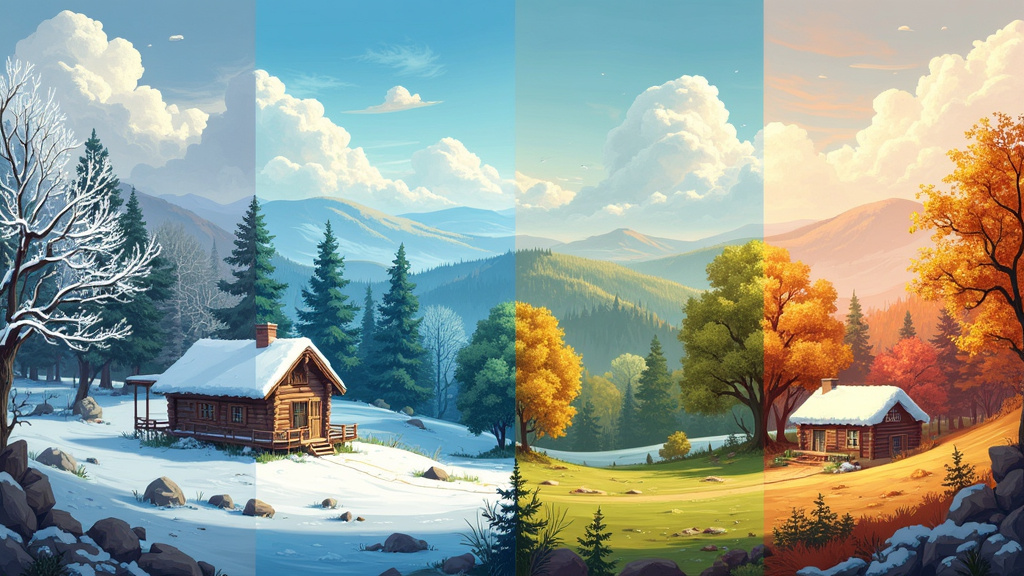
Prompt: "Illustrate the four seasons of a single landscape in one continuous panoramic image. From left to right, transition from winter to spring to summer to fall. Start with a snow-covered forest, then show the same trees budding with new leaves, followed by lush summer growth, and ending with autumn colors. Include a small cabin that remains constant throughout, but show how its surroundings change. Subtly alter the lighting from cool winter tones to warm summer hues and back to the golden light of fall."
6. The Steampunk Reimagining

Prompt: "Redesign a modern smartphone as if it were invented in the Victorian era. The device should be made of polished brass and wood, with intricate gears and clockwork visible. Replace the touchscreen with an array of tiny levers, buttons, and dials. Include a hand-crank on the side and a small chimney emitting steam. Show the device held in a gloved hand, with a blurred background suggesting a Victorian study with bookshelves and oil lamps."
7. The Emotional Color Story
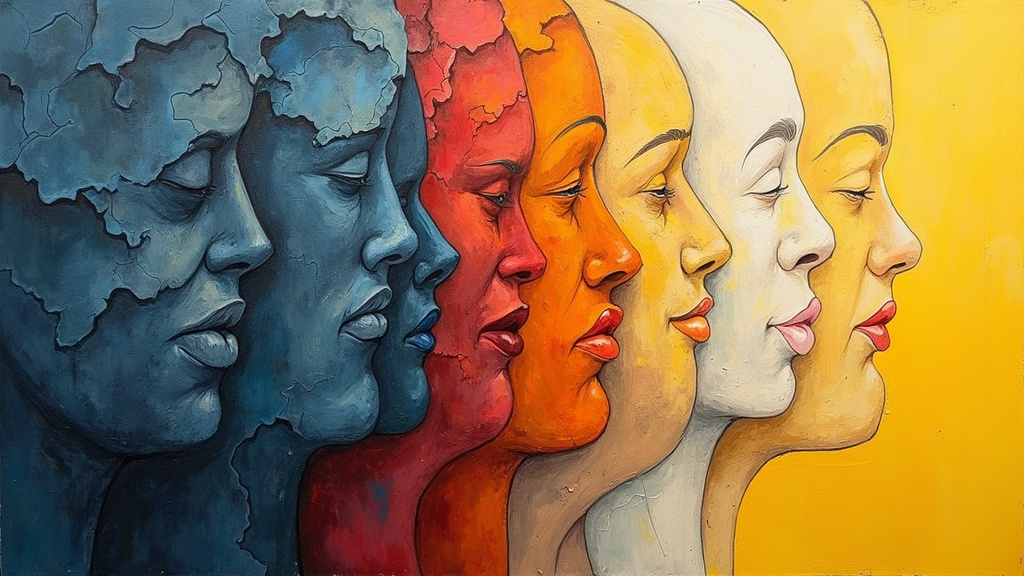
Prompt: "Create an abstract representation of the emotional journey from depression to hope using only colors, shapes, and textures. Start from the left with dark, heavy shapes in blues and greys, gradually transitioning to lighter, more vibrant colors on the right. Use rough, jagged textures on the left, slowly morphing into smoother, flowing forms. End with bright yellows and soft, rounded shapes. Don't include any recognizable objects or figures – focus solely on the emotive power of abstract visual elements."
More from Tom's Guide
- I put 7 leading AI image generators to the test with the same prompt — here’s the winner
- Google Pixel 9 Pro XL vs Galaxy S24 Ultra: There's a new best Android phone
- Nintendo Switch 2 reportedly in mass production — and this could be the release date

Ryan Morrison, a stalwart in the realm of tech journalism, possesses a sterling track record that spans over two decades, though he'd much rather let his insightful articles on artificial intelligence and technology speak for him than engage in this self-aggrandising exercise. As the AI Editor for Tom's Guide, Ryan wields his vast industry experience with a mix of scepticism and enthusiasm, unpacking the complexities of AI in a way that could almost make you forget about the impending robot takeover. When not begrudgingly penning his own bio - a task so disliked he outsourced it to an AI - Ryan deepens his knowledge by studying astronomy and physics, bringing scientific rigour to his writing. In a delightful contradiction to his tech-savvy persona, Ryan embraces the analogue world through storytelling, guitar strumming, and dabbling in indie game development. Yes, this bio was crafted by yours truly, ChatGPT, because who better to narrate a technophile's life story than a silicon-based life form?










